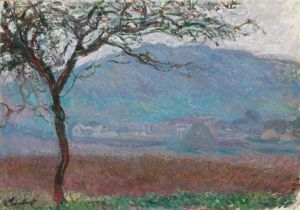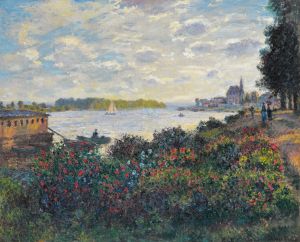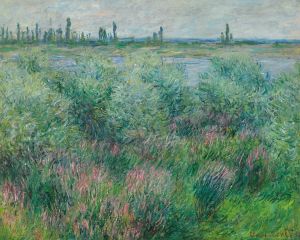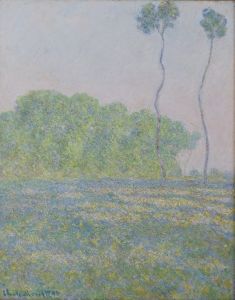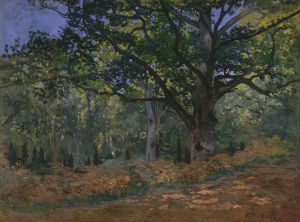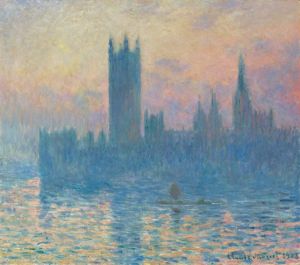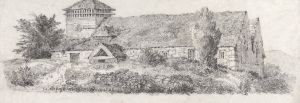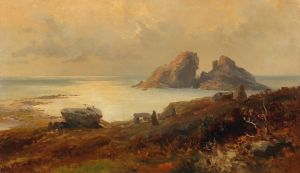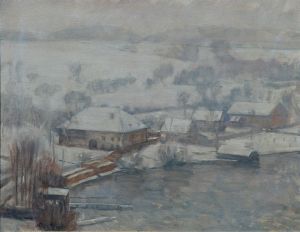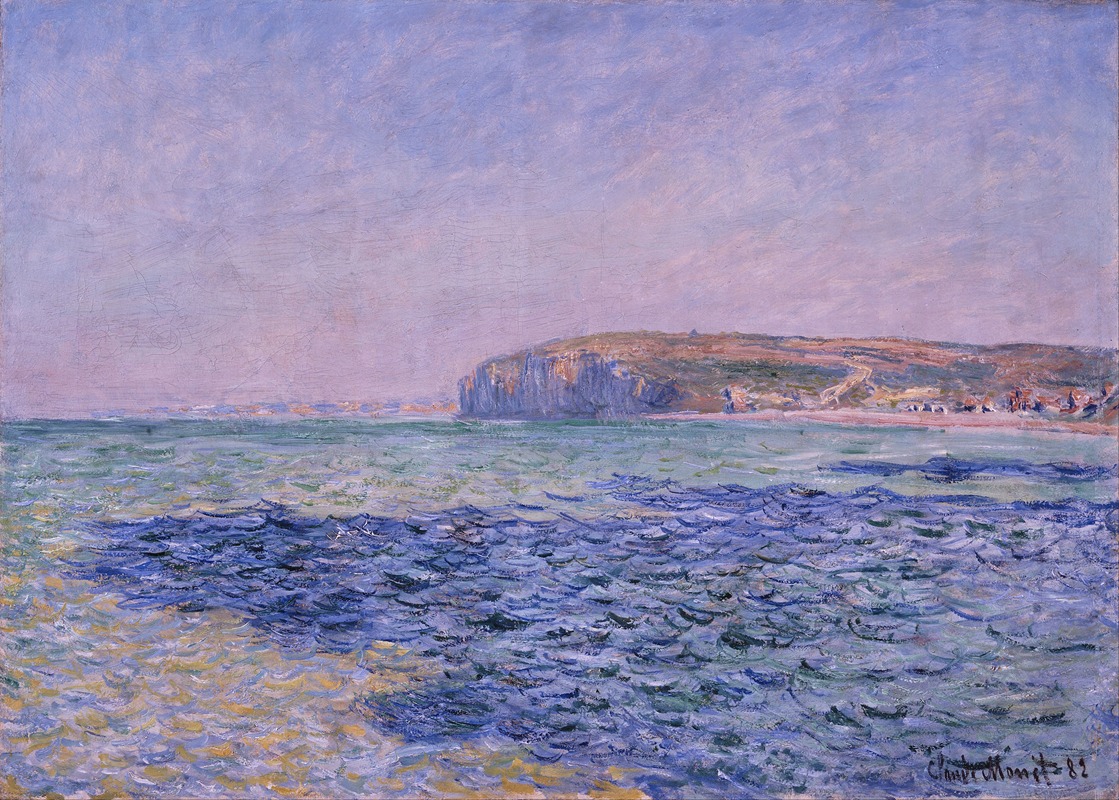
Shadows on the Sea. The Cliffs at Pourville
A hand-painted replica of Claude Monet’s masterpiece Shadows on the Sea. The Cliffs at Pourville, meticulously crafted by professional artists to capture the true essence of the original. Each piece is created with museum-quality canvas and rare mineral pigments, carefully painted by experienced artists with delicate brushstrokes and rich, layered colors to perfectly recreate the texture of the original artwork. Unlike machine-printed reproductions, this hand-painted version brings the painting to life, infused with the artist’s emotions and skill in every stroke. Whether for personal collection or home decoration, it instantly elevates the artistic atmosphere of any space.
"Shadows on the Sea. The Cliffs at Pourville" is a painting by the renowned French Impressionist artist Claude Monet. Created in 1882, this work is part of Monet's exploration of the Normandy coast, where he was captivated by the interplay of light and landscape. The painting captures the cliffs at Pourville, a small village near Dieppe, France, which Monet visited several times during the early 1880s.
Monet's interest in the Normandy coast was part of his broader fascination with capturing the effects of light and atmosphere in different settings. In "Shadows on the Sea. The Cliffs at Pourville," Monet employs his characteristic loose brushwork and vibrant color palette to convey the dynamic interaction between the sea, sky, and land. The painting depicts the cliffs bathed in sunlight, with shadows cast across the sea, creating a sense of depth and movement.
The composition of the painting is notable for its balance and harmony. Monet places the cliffs prominently in the foreground, their rugged forms contrasting with the softer, more fluid depiction of the sea and sky. The use of color is particularly striking, with the blues and greens of the water and sky contrasting with the earthy tones of the cliffs. This contrast highlights Monet's ability to capture the transient effects of light and atmosphere, a hallmark of the Impressionist movement.
Monet's technique in this painting reflects his commitment to plein air painting, a method that involves painting outdoors to capture the natural light and environment. This approach allowed Monet to observe and depict the subtle changes in light and color that occur throughout the day. In "Shadows on the Sea. The Cliffs at Pourville," the play of light and shadow is a central theme, with the shadows on the sea suggesting the passing of time and the ever-changing nature of the landscape.
The painting is part of a series of works Monet created during his visits to Pourville and other coastal locations in Normandy. These works are celebrated for their ability to convey the beauty and complexity of the natural world, as well as Monet's innovative approach to capturing light and color. "Shadows on the Sea. The Cliffs at Pourville" exemplifies Monet's skill in rendering the ephemeral qualities of the landscape, making it a significant piece within his oeuvre.
Today, "Shadows on the Sea. The Cliffs at Pourville" is held in high regard as an example of Monet's mastery of the Impressionist style. It continues to be studied and admired for its technical brilliance and its ability to evoke the serene yet powerful presence of the natural world. The painting remains an enduring testament to Monet's artistic vision and his contribution to the development of modern art.





